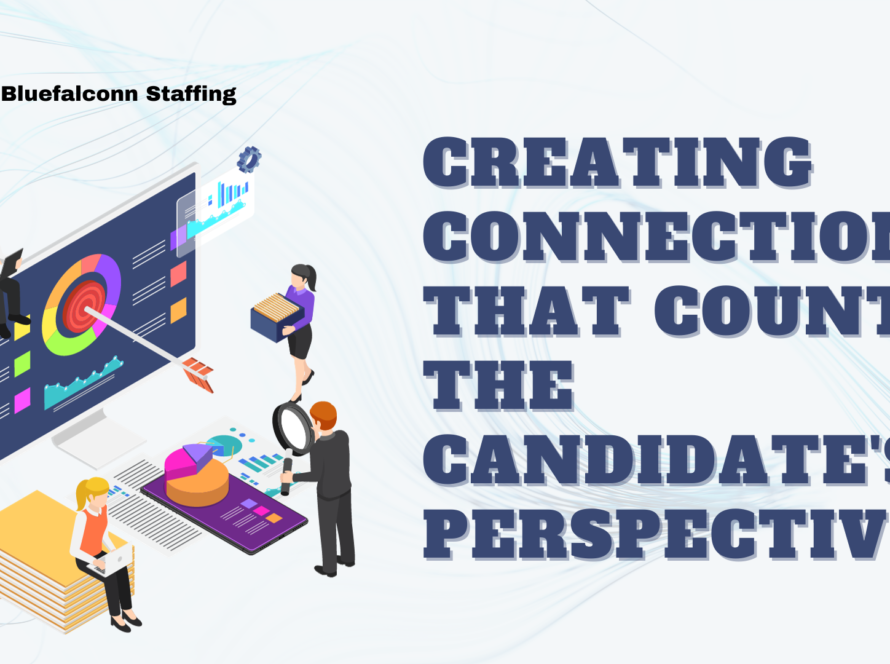As we move forward in a post-pandemic world, mental health in the workplace has become a priority as never before. Research from the American Psychological Association shows that 81% of workers will be looking for workplaces that support mental health in the future.
And a study from McKinsey concludes that, “Employers who recognize and prioritize psychological safety alongside physical safety in their post-pandemic operations can help employees’ mental health and their own efforts to cultivate inclusive workplaces. This support can have concrete effects on critical workplace outcomes, including employee well-being, satisfaction, productivity, and absenteeism.”
At the heart of the issue: creating a harassment-free workplace where employees feel psychologically safe.
5 ways to support mental health through harassment prevention
- Create awareness about the effects of harassment on mental health – Your first step for prioritizing the psychological well-being of your employees is to educate them on the damage that harassment can do and appeal to their natural instincts to protect others from harm. One of the most effective ways to do this is through the power of story-based learning. When people hear others talk about their experience, it broadens their perspectives and gives insights into how people can experience the same workplace in very different ways.
Action: Expose your employees to learning that shows people sharing their personal experiences around mental health.
- Address the precursors to harassment – Harassment doesn’t come out of nowhere. Harassers will often test their boundaries to see how far they can go. That’s why it is critical to address the precursors to harassment, such as bullying, microaggressions and sexual innuendos. Employees need to understand the nuances of misconduct and the damage it can do to the mental health of their colleagues. Pivotal to this—they need to see both positive and negative behaviors play out and know what to do when they are faced with these situations in their daily work life.
Action: Have your employees engage in interactive scenarios that direct them to make choices on how they might behave in certain situations.
- Ensure managers know what to watch for and what to do – Managers are your single most important group in securing the psychological safety and mental health of your employees. But to do so, they must be equipped with the strategies and tools they need to make a difference. To start, they need guidance on how to spot signs of behavioral changes among their employees. And when an employee comes to them with concerns, they must be equipped with knowledge on how to move forward.
Action: Provide managers with education and training on such issues as intervention and retaliation. Fortify them with what they need to take deliberate action.
- Foster a culture of inclusion and belonging, from the top – Your company culture sets the stage for the behavior of your employees. If employees feel protected, included and appreciated, this lays the groundwork for trust. That trust can help employees to better understand each other, and to see that differences are what make teams stronger and more successful. Culture change must start from the very top and respectful behavior must be modeled by everyone in a position of leadership. Employees will mirror that behavior, helping to build an environment that supports mental health.
Action: Foster leader/manager commitment and accountability. Help them cultivate a sense of empathy and put them at the center of creating a safe and inclusive workplace.
- Prioritize mental health and harassment prevention through policies and processes – All of your efforts and best intentions to create a culture of psychological safety and mental health for your employees can crumble without complementary policies and procedures. Consider the manager who does not have flexibility to provide time off for an employee during a stressful time in their life, or a workplace with such rigid standards and high demands that an employee’s work/life balance is severely compromised.
Action: Review all policies and procedures and adjust areas that do not support the safety and well-being of your employees.
Conclusion
Prioritizing mental health in the workplace begins with effective harassment prevention. Harassment not only damages individuals’ mental well-being but also erodes the overall health of the organization. By actively working to prevent harassment and fostering a culture of respect and inclusivity, employers can create an environment where employees feel safe, supported, and valued. In such a workplace, employees are more likely to thrive mentally and contribute positively to the organization’s success. Ultimately, a commitment to mental health and harassment prevention is a win-win for both employees and employers.



